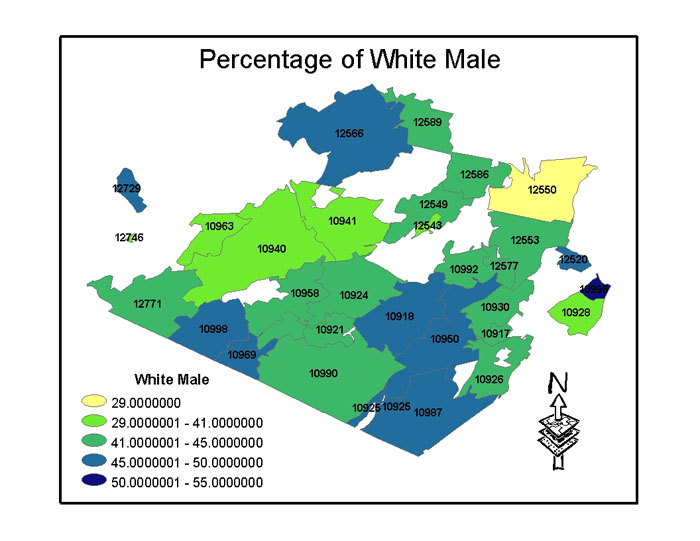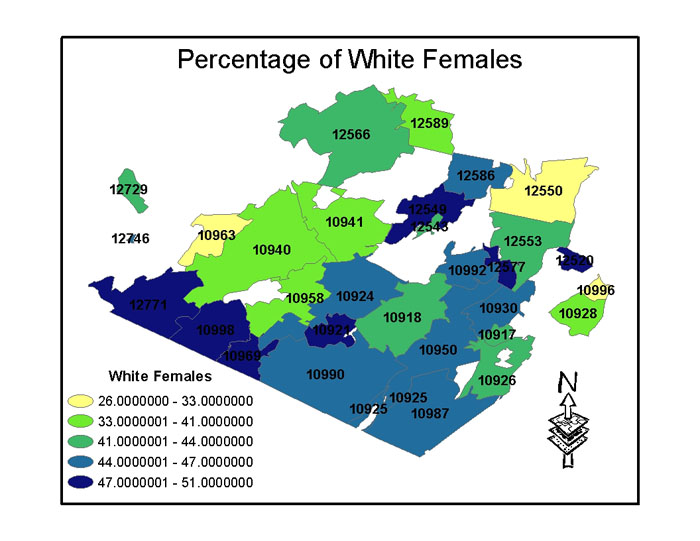Lets Look at the White Population Even Closer
I continued my analysis of race and AIDS. Next I calculated the correlation between AIDS rates and race by sex. I wanted to further my calculations of race because there were obvious patterns showing with the black and white races. First of all, I was certain that I would find a correlation between white males and AIDS rates because my data from the first paper shows they were affected by AIDS the most. This information was misleading because this group has a correlation coefficient of -0.1631, which is not a strong enough p-value. Again, is this a reason why so many people commonly categorize AIDS as a non-white disease?


I was very surprised by the next set of data, which are white females. I believed that this population would be the most likely to related to AIDS before I calculated the statistics. In the media, I never heard any association with AIDS and white females. I thought there was no reason for this numbers to correlate. AIDS is mainly a male disease. Again, I was mislead because the white females posses a strong negative correlation, -0.4138, which leaves of p=.025. Therefore a relation of 97% confidence between white females and AIDS rates exists portraying as the white female population increases (decreases), the AIDS rate will decrease (increase). Again, the correlation is significantly low, -0.01817, without Otisville. The population for white women is about 27% in Otisville, which is very low on average for Orange County. Obviously, there are fewer women in the Otisville prison, than males. Newburgh, which is also an urban city of Orange County, holds few white females. Therefore, based on my data it makes sense that the AIDS data is higher in these areas with fewer white women.

